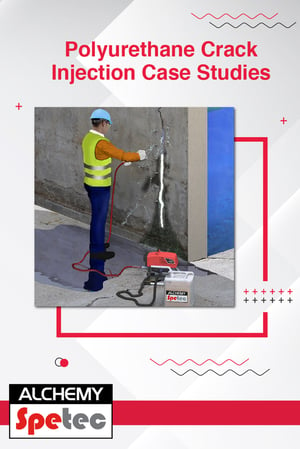 The Crack Injection Process
The Crack Injection Process
Crack injection is a precision-focused leak seal approach for smaller cracks or joints. Contractors repair these defects by drilling holes into the wall and inserting injection ports at an angle to intersect the crack inside the wall. Next, they inject polyurethane grout directly into the center of the crack through the ports. The resin rapidly reacts with water to form a flexible watertight seal.
This process also protects the rebar inside the wall. Water intrusion through the cracks can lead to rebar corrosion and concrete spalling. Rusting rebar can expand six to ten times the original volume of the steel. This creates internal pressure on the concrete. While concrete is very strong in compression, it has a low tensile strength, and the expanding rebar will cause it to crack. When polyurethane resin is injected under pressure, it can encapsulate rebar and slow down the corrosion process.
Crack Injection Case Studies
- Water Treatment Plant Losing Two Million Gallons Per Day Due to Leaks
- Sealing Leaks in a Church Wall to Stop Costly Flooding of Elevator Pit
- Saving a Luxury Penthouse Suite from Costly Water Damage (Just in Time!)
- Leaks in Wastewater Treatment Plant Sealed to Prevent Environmental Contamination
- Contractor Seals Leaks in Quenching Tanks for Aluminum Manufacturer
- Leak Seal in Water Treatment Plant Pump Station Manhole
- Specialty Waterproofing at Hydroelectric Dam
- Sealing Hairline Concrete Cracks with Acrylic Injection Resin




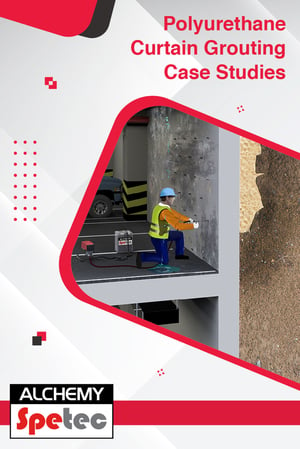 The Curtain Grouting Process
The Curtain Grouting Process

 The Polyurethane Soil Stabilization Process
The Polyurethane Soil Stabilization Process

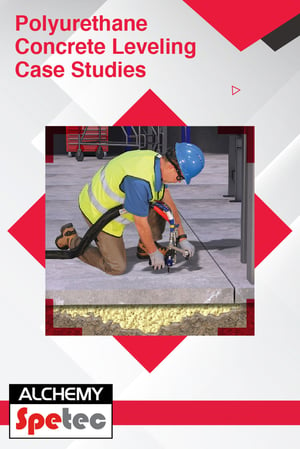 The Concrete Leveling Process
The Concrete Leveling Process

 Alchemy-Spetec offers one-hour CE/PDH accredited presentations on polyurethane concrete repair. Presentation topics offered include Leak Seal, Geotech, and Seawall Repair. Here is a detailed overview...
Alchemy-Spetec offers one-hour CE/PDH accredited presentations on polyurethane concrete repair. Presentation topics offered include Leak Seal, Geotech, and Seawall Repair. Here is a detailed overview... 





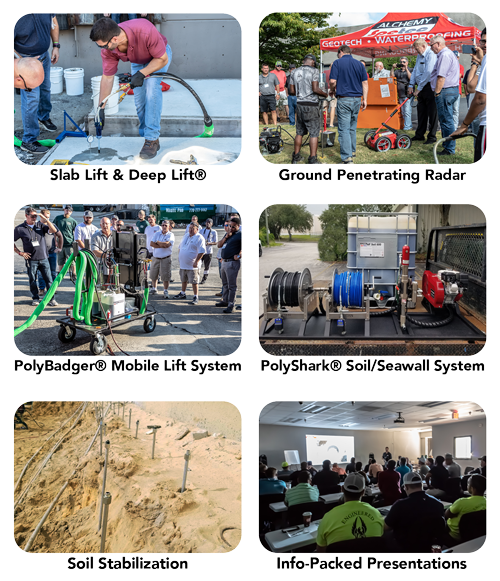




 This article is an excerpt from
This article is an excerpt from
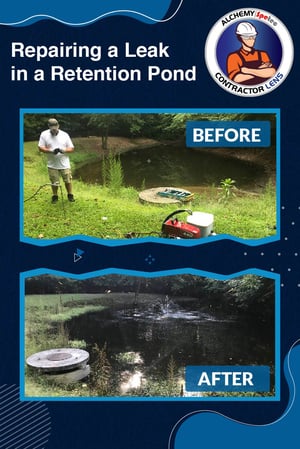 This post is part of the Alchemy-Spetec Contractor Lens series, featuring views, news & case studies written by our customers. This article, written by John Knieper of
This post is part of the Alchemy-Spetec Contractor Lens series, featuring views, news & case studies written by our customers. This article, written by John Knieper of 
